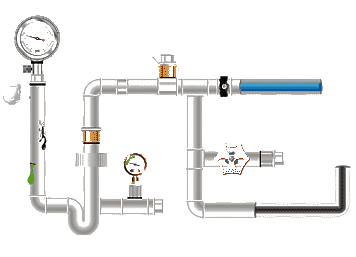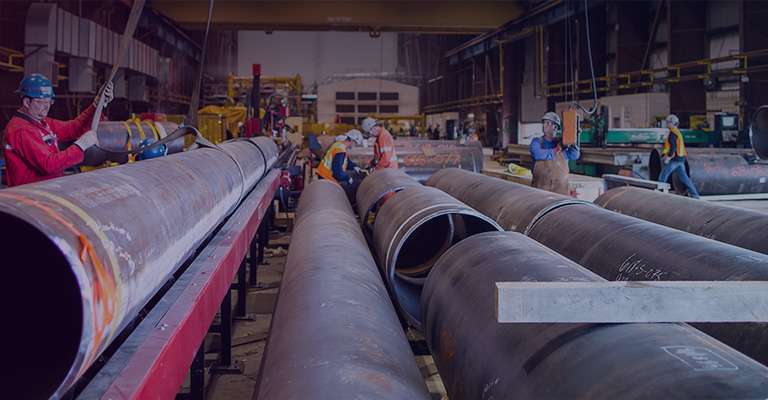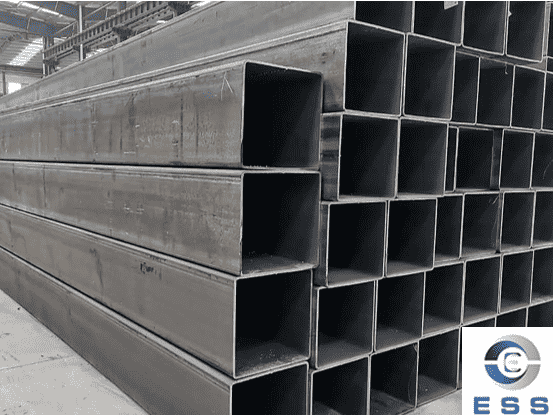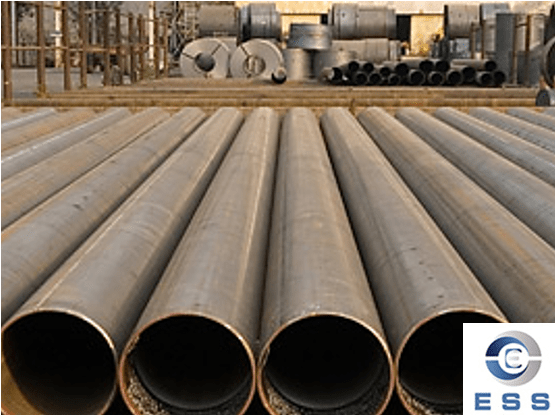"ERW pipe" is a straight seam electric resistance welded pipe, abbreviated as ERW, which is used to transport vapor and liquid objects such as oil and natural gas. It can meet various requirements of high and low pressure, and occupies a pivotal position in the field of transportation pipes in the world.
The Concept of ERW Steel Pipe
In electrical engineering, "SC" is used to indicate that it can be used as a water gas pipe or a threading pipe, and it is relatively thick.
Welded pipe is a round tube welded from
steel plates. It is categorized as ERW, LSAW, and SSAW. ERW, or
"high-frequency electric resistance welded steel pipe," uses a
different welding process than conventional welded pipe. The weld seam is
formed by melting the base steel strip, resulting in superior mechanical
strength compared to conventional welded pipe. ERW, or electric resistance
welding, offers high production efficiency, low cost, material savings, and
ease of automation. Therefore, it is widely used in various industries,
including aviation, aerospace, energy, electronics, automotive, and light
industry, making it a key welding process.
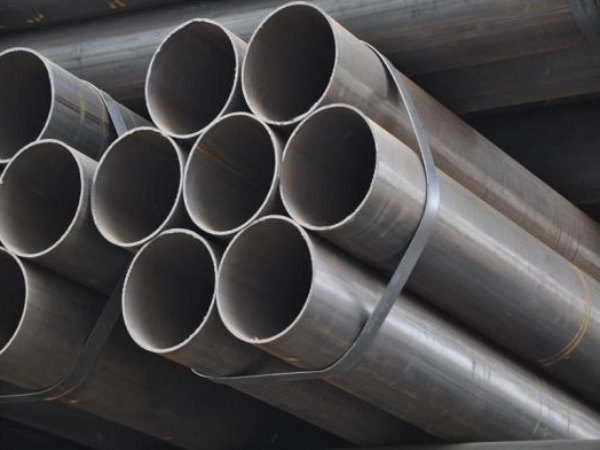
Manufacturing Process
The manufacturing process for ERW pipe is
relatively complex and primarily involves the following steps:
1. Strip Preparation
High-quality strip steel is selected as the
raw material, and the strip specifications, such as thickness and width, must
meet production requirements. Before entering the production line, the strip
undergoes rigorous surface treatment to remove impurities such as oil and rust
to ensure weld quality.
2. Forming Process
The steel strip is bent into a round or
nearly round tube billet using a forming machine. This process requires control
of forming parameters such as the bend angle and radius to ensure the tube's
geometric shape and dimensional accuracy.
3. Welding
Using welding techniques such as
high-frequency resistance welding, the edges of the tube billet are heated to a
molten state. Pressure then fuses the edges together to form a weld. During the
welding process, parameters such as welding current, voltage, and welding speed
must be strictly controlled to ensure weld quality and strength. The welded
steel pipe also undergoes weld inspection, such as flaw detection, to detect
possible welding defects.
4. Sizing And Rounding
The welded steel pipe is adjusted in
diameter using a sizing machine to achieve the required dimensional accuracy.
At the same time, the steel pipe is rounded to eliminate dimensional defects
such as ovality that may have occurred during the welding process.
5. Surface Treatment And Quality Inspection
The welded steel pipe undergoes internal
and external surface cleaning and anti-corrosion treatments, such as painting
and galvanizing, to improve its corrosion resistance and service life. During
the quality inspection process, comprehensive testing of steel pipe dimensions,
shape, weld quality, and mechanical properties is required to ensure compliance
with relevant standards and customer requirements.
Implementation Standards
ERW pipes are widely used in the oil, gas,
and construction industries, and their implementation standards are crucial for
ensuring quality. The following are professional standards:
1. Chinese National Standard (GB)
GB/T 3091-2015
Applies to welded steel pipes for
low-pressure fluid transportation. It specifies technical requirements for
carbon steel (such as Q195, Q215), outer diameters of 6-219mm, and wall
thicknesses of 1.2-8.0mm. The tensile strength must be ≥335MPa (see Section 5.2 of the standard).
GB/T 13793-2016
Regarding the dimensional and weight
tolerances for straight seam electric welded steel pipes, the allowable
deviation for the outer diameter is ±0.5% (DN ≤ 168mm).
2. International Standards
ASTM A53/A53M-2022
(American Society for Testing and Materials)
Divided into two grades, A and B. Grade B
requires a yield strength of ≥240 MPa and is suitable
for high-temperature and high-pressure environments (such as oil pipelines).
API 5L (American Petroleum Institute)
Covered by two product grades, PSL1 and
PSL2. PSL2 requires more stringent impact toughness requirements (specific
impact energy ≥27 J at -20°C).
Differences Between ERW Pipe And Other
Welded Steel Pipes
1. Production Process
ERW pipe is produced by heating the edges
of the strip to a molten state using high-frequency current, followed by
extrusion welding. This boasts high welding speed and production efficiency,
making it suitable for large-scale industrial production. Other welded steel
pipes, such as submerged arc welded pipe, utilize a submerged arc welding
process. The welding wire and workpiece serve as electrodes, generating an arc
beneath a flux layer that melts the wire and workpiece, forming a weld. This
process offers relatively high welding quality, but its production efficiency
is lower than that of ERW pipe.
2. Weld Quality
ERW pipe has a relatively narrow weld seam
and a small heat-affected zone, resulting in relatively stable mechanical
properties. However, this requires high-quality raw materials, otherwise weld
defects are more likely to occur. Submerged arc welded steel pipe has a wider
weld seam and a larger heat-affected zone, but due to the use of flux
protection during welding, the weld quality is generally more reliable.
3. Applications
Due to its high production efficiency and
low cost, ERW pipe is often used in pipelines for fluids with low pressure
requirements, such as building water supply and drainage, and gas
transportation. Submerged arc welded steel pipe, due to its excellent welding
quality, is often used in oil and natural gas transportation, which requires
higher quality pipelines.
Read more: The difference between erw and seamless black steel pipe
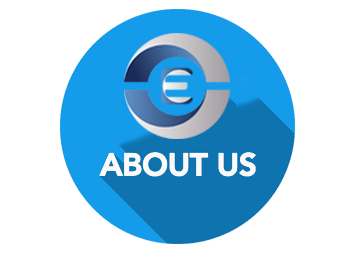








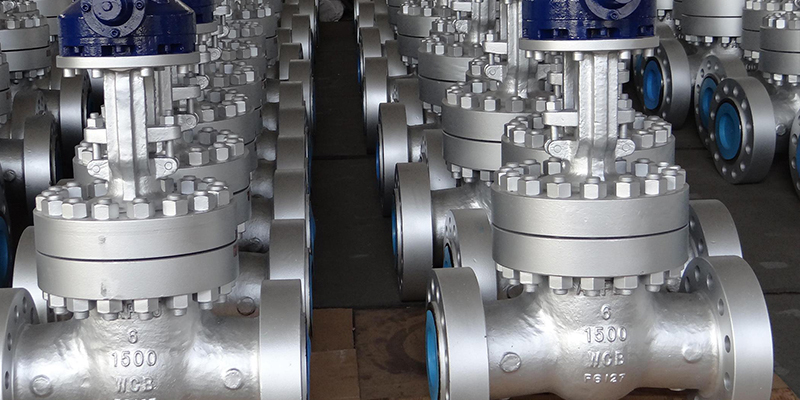
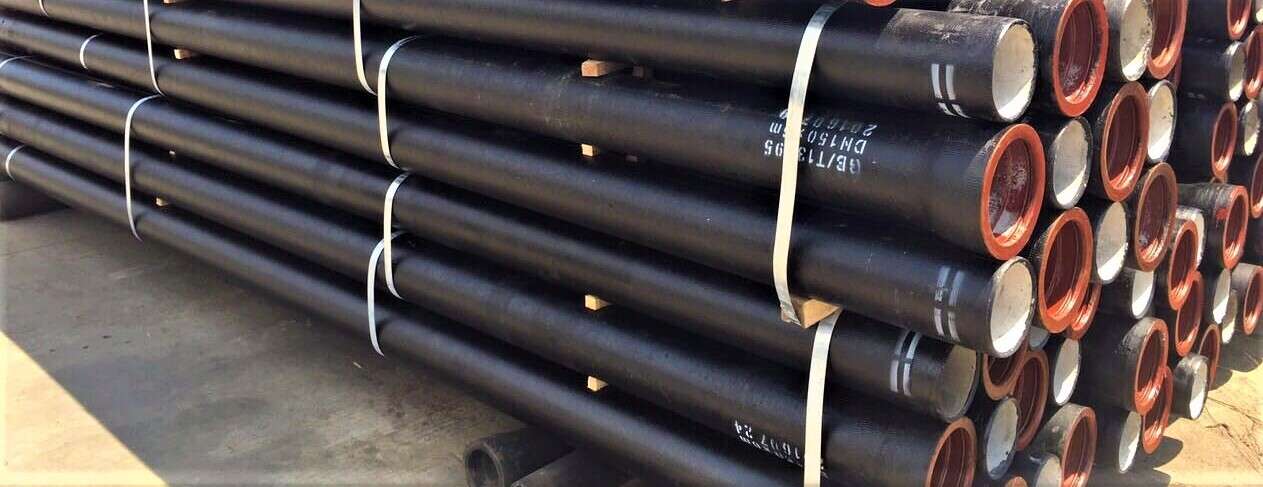

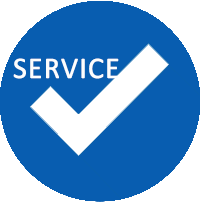
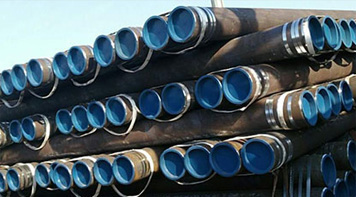 Eastern Steel Manufacturing Co.,Ltd not only improve product production and sales services, but also provide additional value-added services. As long as you need, we can complete your specific needs together.
Eastern Steel Manufacturing Co.,Ltd not only improve product production and sales services, but also provide additional value-added services. As long as you need, we can complete your specific needs together.
